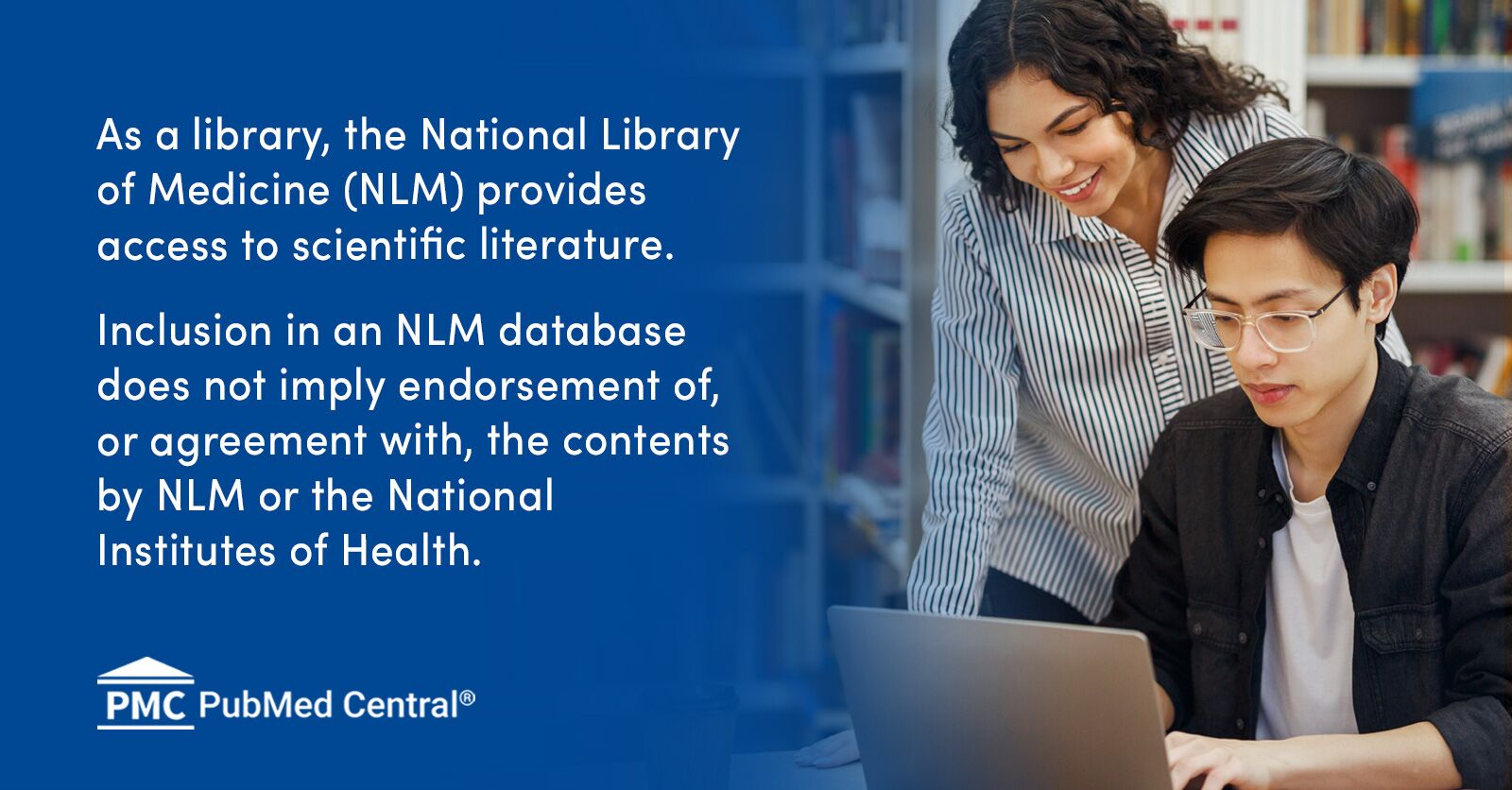
INTRODUCTION
The use of herbal medicines and phytonutrients or nutraceuticals continues to expand rapidly across the world with many people now resorting to these products for treatment of various health challenges in different national healthcare settings (WHO, 2004). This past decade has obviously witnessed a tremendous surge in acceptance and public interest in natural therapies both in developing and developed countries, with these herbal remedies being available not only in drug stores, but now also in food stores and supermarkets. It is estimated that up to four billion people (representing 80% of the world’s population) living in the developing world rely on herbal medicinal products as a primary source of healthcare and traditional medical practice which involves the use of herbs is viewed as an integral part of the culture in those communities (Mukherjee, 2002; Bodeker et al., 2005; Bandaranayake, 2006).
The use of herbal remedies has also been widely embraced in many developed countries with complementary and alternative medicines (CAMs) now becoming mainstream in the UK and the rest of Europe, as well as in North America and Australia (Committee on the Use of Complementary, and Alternative Medicine by the American Public, Board on Health Promotion, and Disease Prevention, Institute of Medicine, 2005; Calapai, 2008; Braun et al., 2010; Anquez-Traxler, 2011). In fact, while places like the UK have a historical tradition of using herbal medicines (Nissen, 2010), the use is also widespread and well established in some other European countries (Calapai, 2008). In these developed countries, the most important among many other reasons for seeking herbal therapy is the belief that it will promote healthier living. Herbal medicines are, therefore, often viewed as a balanced and moderate approach to healing and individuals who use them as home remedies and over-the-counter drugs spend huge amount of money (in excess of billions of dollars) on herbal products. This explains in part the reason sales of herbal medicines are booming and represents a substantial proportion of the global drug market (Roberts and Tyler, 1997; Blumenthal et al., 1998; WHO, 2002a; Kong et al., 2003; Pal and Shukla, 2003; WHO, 2005a; Bandaranayake, 2006).
As the global use of herbal medicinal products continues to grow and many more new products are introduced into the market, public health issues, and concerns surrounding their safety are also increasingly recognized. Although some herbal medicines have promising potential and are widely used, many of them remain untested and their use also not monitored. This makes knowledge of their potential adverse effects very limited and identification of the safest and most effective therapies as well as the promotion of their rational use more difficult (WHO, 2002b). It is also common knowledge that the safety of most herbal products is further compromised by lack of suitable quality controls, inadequate labeling, and the absence of appropriate patient information (Raynor et al., 2011). It has become essential, therefore, to furnish the general public including healthcare professionals with adequate information to facilitate better understanding of the risks associated with the use of these products and to ensure that all medicines are safe and of suitable quality. Discussion in this review is limited to toxicity-related issues and major safety concerns arising from the use of herbal medicines as well as factors promoting them. Some important challenges associated with effective monitoring of safety of these herbal remedies are also highlighted with a view to helping refocus relevant regulatory agencies on the need for effectiveness and ensuring adequate protection of public health and promoting safety.

